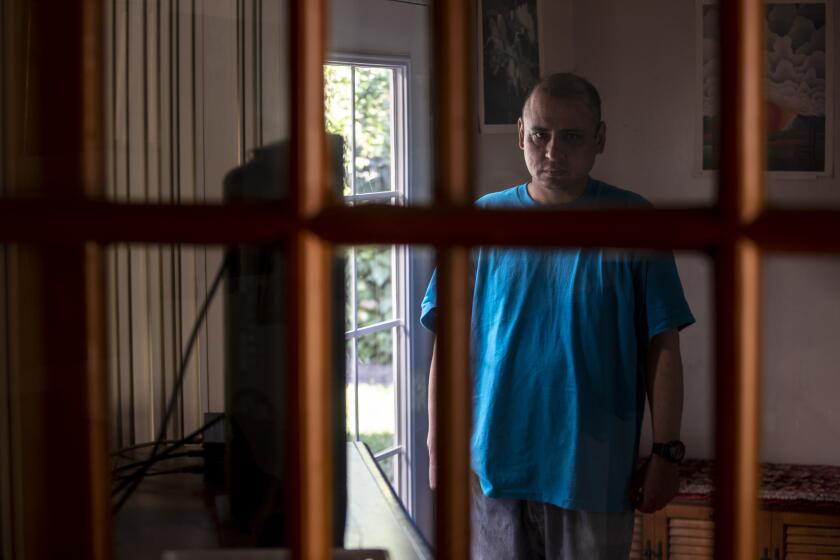Homes for people with severe mental illness are rapidly closing. Will help come fast enough?

- Share via
Mark Samuel has calculated how long his willpower will last before he closes a home for people suffering from mental illness who have little money to their name.
Thirty-six months.
Then he’ll tear down Sepulveda Residential in Van Nuys and put up apartments, or sell. Plans and permits for the demolition are ready to go. Developers have tried to cajole him into selling with eye-popping offers. Once he pays for the building permit, it’s a done deal.
The facility’s nearly 100 residents will have to move.
Some came from the streets or psychiatric hospitals and are at risk of returning. Others are veterans. Most have called Sepulveda Residential home for at least 10 years.
“These are the forgotten people. They don’t have anybody,” Samuel said. “It breaks my heart knowing that if I end up closing, their community is going to be lost.”
Only significant reform would change Samuel’s mind. He feels he’s backed into a corner by a broken financial model that officials have been slow to fix — and he’s not alone.
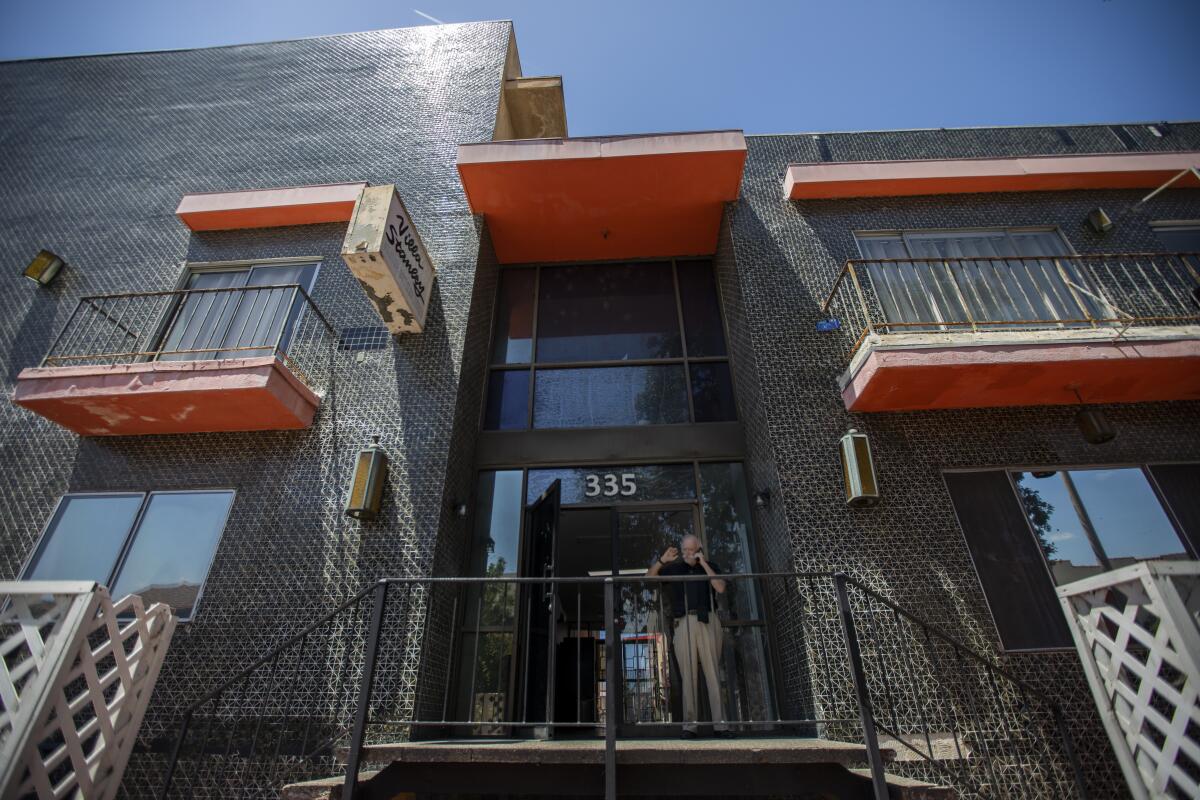
Since 2016, at least 96 facilities like Sepulveda Residential that serve adults with serious mental illness, known informally as board and cares, have closed in Los Angeles County, according to a report in March from the county Department of Mental Health. That represents a loss of 1,687 beds at a time when affordable housing is already perilously scarce.
Board and cares — officially called adult residential facilities — play a crucial role in California’s system of serving adults struggling with debilitating mental illness. Another type of board and care — residential care facilities for the elderly — houses senior residents who need help with daily living. By law, licensed facilities must house, feed and supervise residents 24 hours a day, as well as administer their medication and keep their rooms tidy.
For low-income residents whose care is paid for through public benefits, the homes receive only $40 a day, a reimbursement rate that combines federal and state money. In some cases, Los Angeles County provides additional payments for clients with greater needs — which several operators described as a lifeline.
As property values have soared, owners have faced a growing economic temptation: They can keep operating on a razor-thin margin — exacerbated by high inflation, a rising minimum wage and low reimbursement rates — and hope for relief from the county and state governments.
Or they can convert their buildings to apartments or sell to eager developers for big payouts.
Once, counties up and down the state could afford to house mentally ill residents in board and cares, said Michelle Doty Cabrera, executive director of the County Behavioral Health Directors Assn.
“That capacity has been lost as our housing market has become so intensely competitive and expensive,” Cabrera said. “Board and care operators have been able to really weigh their options and to make other choices, in terms of whether to use their extremely valuable property for those purposes or not.”
Increasingly, owners have made up their minds.
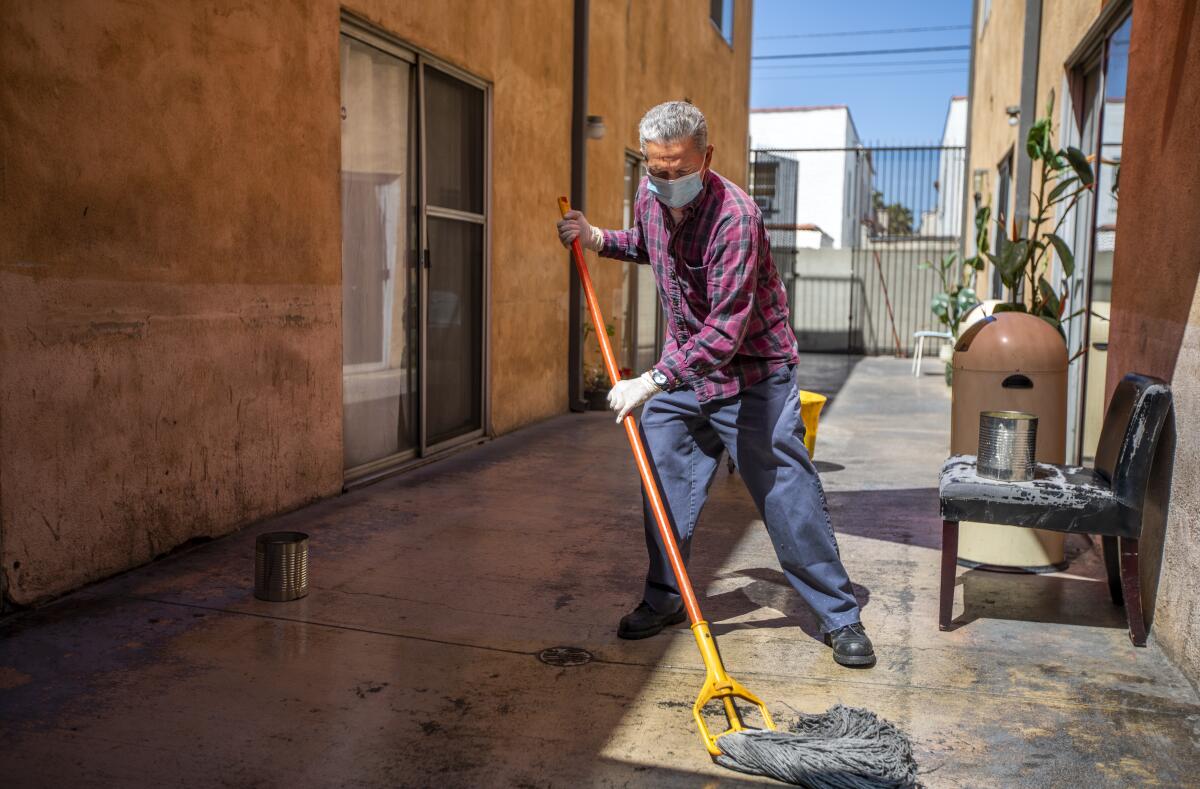
Ocean View Manor, a 45-bed board and care walking distance from the beach in Santa Monica, recently sold for more than $7 million. A listing reports developers can “potentially build 10-13 luxury condominiums” on the site.
The agent representing the buyer and seller said that he couldn’t disclose the plans for the property but that it wouldn’t continue operating as a board and care.
Across town, in the sought-after Silver Lake neighborhood, Regency Manor, another board and care, was put up for sale for $4.2 million. Now in escrow, a listing says it could be leased to a new operator or affordable housing syndicate, but floats the possibility of converting it to “traditional apartment units.”
A listing agent said the buyer intends to pour money into rehabilitating the aging property but wasn’t sure what the building would become.
The situation is particularly dire in West L.A. because of astronomical land values, said Caroline Kelly, former chair of the L.A. County Mental Health Commission, which advises county leaders. Last year, for example, Beverlywood Center, an 85-bed board and care, closed its doors, according to the March Department of Mental Health report.
Large facilities have “all ended up getting sold to developers,” who turned them into boutique hotels or luxury condos, Kelly said. “So there’s virtually nowhere left on the Westside anymore.”
Cabrera said areas that were previously affordable are also feeling the pinch, including the Central Valley and Inland Empire. Health officials find themselves losing capacity, while being unable to afford to build more.
“We’ve got to hold the line, right,” she said. “We cannot afford for folks to close.”

The loss of board and care facilities will worsen the region’s homelessness crisis, said Barbara Wilson, a clinical social worker and early champion of the facilities.
“Will [board and cares] cure homelessness? No. But for people that have serious mental illness, it allows them a bridge to independence,” she said. “It also allows them the safety and sense of community in case they never move.”
County and city leaders in Los Angeles have staked out plans to support board and cares, galvanized in part by the homelessness crisis. Each bed at a board and care represents precious affordable housing.
“When a board and care closes that’s got a lot of our clients, you’re pouring people ... into the street” who have severe mental illness, said Dr. Jonathan Sherin, former director of the Department of Mental Health.
“Or they’ve been stable there, living with their kind of family in their home for a long time. And it’s like, ‘Oh, well, let’s just move them over there.’ Well, guess what? That’s a transition that’s not going to work.”
Though estimates of the share of the homeless population who live with serious mental illness vary, a recent study by the California Policy Lab at UCLA suggests it’s about 17%. That equates to roughly 11,000 of the homeless individuals in the county as of 2020.
Los Angeles County Supervisor Kathryn Barger said the UCLA data underscore that a segment of the unhoused population needs to be in a residential setting to receive treatment. Board and cares, she said, are an essential space for people with severe mental illness.
But owners of board and care facilities and outside observers say many of the initiatives to preserve board and care facilities are overdue.
Board-and-care homes — created to care for those who cannot care for themselves — are being squeezed out of business by an antiquated state funding system.
In 2019, the Board of Supervisors directed a trio of county departments to find ways to help board and cares stay in business. Since then, county officials have set aside more than $11 million to repair dilapidated facilities, created a system for tracking available beds in facilities and helped develop a membership association for operators. Many of theses initiatives, however, were delayed by COVID-19 and are only beginning to get off the ground or haven’t fully launched.
Los Angeles City Council members in March voted to adopt several recommendations to support integrating board and cares into the city’s homeless strategy, including examining how the city could streamline permitting for facilities. The city, however, is still assessing the feasibility of the recommendations.
Lawmakers in Sacramento have increased the state’s portion of the reimbursement rate twice since rolling it back during the Great Recession — including a bump that went into effect this year, which raised the rate from about $35 a day to the current level of about $40 a day, according to the recent Department of Mental Health report.
The state is set to hike the rate again in 2023, but advocates who’ve pleaded for help for years believe it could prove too little too late.
“It won’t matter because we won’t have any left,” Wilson said of the slow progress.
The state has taken a few other steps, including an $805-million program to rehabilitate, construct or buy a wide range of facilities statewide and new efforts to collect data about which homes serve low-income mentally ill residents.
Amid crushing market pressures, some advocates and operators are cautiously optimistic the Licensed Adult Residential Care Assn. — a new membership association for facilities — will serve as a collective mouthpiece and muscle to make change. The association held its first membership luncheon on June 2.
“I’m really hopeful that we can build some sort of momentum to create some sort of influx of dollars for — not only my facility, it’s not trying to be self-serving — but really all the facilities in Los Angeles,” said Samuel, who is on the group’s steering committee.
The stakes are high. Samuel said there are a number of facilities “really considering closing” if relief doesn’t come soon.
Not everyone is holding their breath.
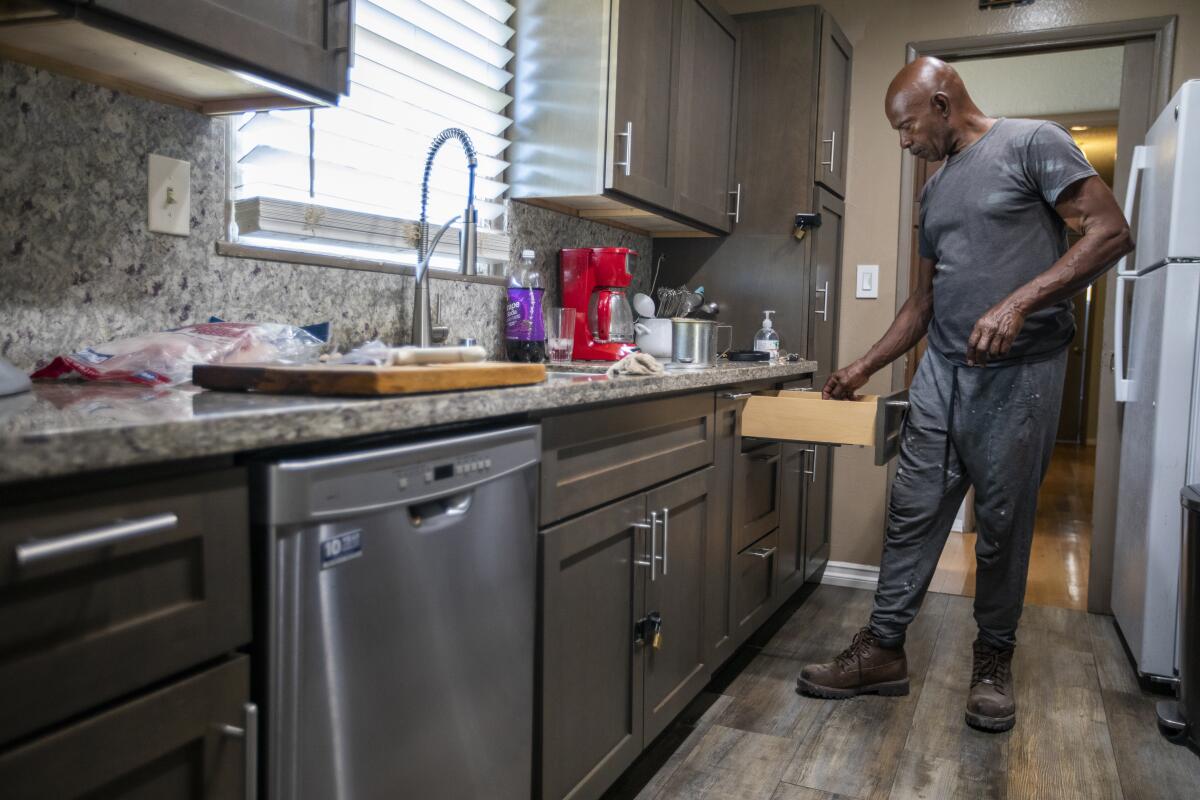
Sam Blake, for one, is jaded. Blake, an energetic 74-year-old, oversees a six-bed board and care out of a Sylmar home — a family business started by his mother.
Not long ago, a resident smashed a window, tore the door off his bedroom, put holes in the wall and pushed over two fruit trees, Blake said. Licensing officials have hounded Blake, he added, since a friend of a resident died of an overdose at the facility in 2009.
It’s a lot of drama for little pay. In early May, two residents had recently left, one because of a cancer diagnosis. With them went nearly $3,000 in monthly income. Blake runs a construction business that he said allows the family business to weather financial ups and downs.
Blake carries on the business in part to honor his mother, Catherine, who began renting out rooms in the home in the early 1970s. Someone always has to be on site, and he fixes breakfast for the residents bright and early each morning.
On a recent sunny spring afternoon at Blake Home, Greg Rivera sat watching “Gunsmoke” on a small TV in the living room.
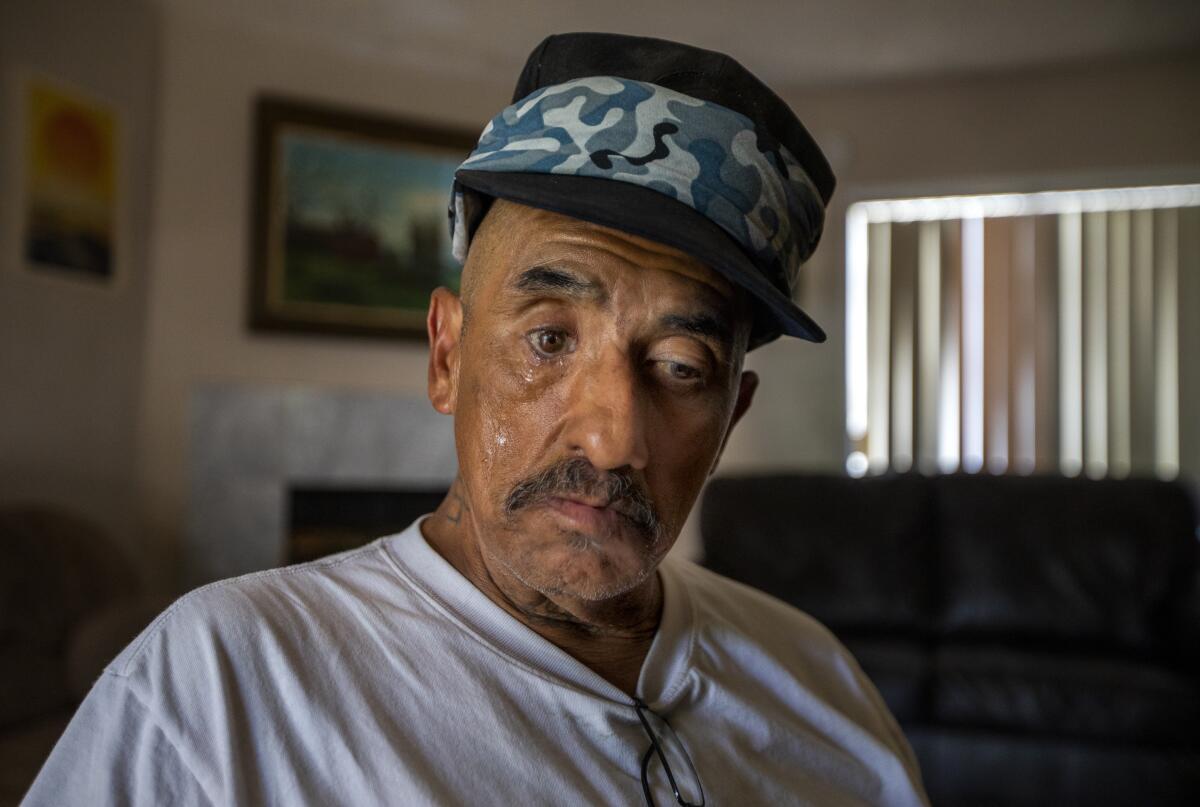
Rivera, 60, frequently became emotional, shedding tears as he described a tumultuous life marked by trauma and substance addiction.
“I didn’t ask for this. I accepted it,” he said. “What happens in my life, I’ve accepted it. No one to blame — not the Lord. Things are the way they are and I accept that.”
Rivera has lived in the home for 3 ½ years and said he’s “happy here.”
“People here, they respect you. They talk to you the way you want to be spoken to,” he said, adding, “The energy that I get from them puts a smile on my face.”
Blake says he plans to continue to operate the home, ensuring residents like Rivera will have a place to stay. But although he said he wants to pass the business to the “next generation,” his niece isn’t interested in taking over.
He estimates the home is worth nearly $1 million.
“As long as I’m alive, it will continue,” Blake said. After that, “they can take the money and run.”
This article is part of The Times’ mental health initiative, For Your Mind, an effort to increase coverage around treatment, public policy, wellness and culture related to mental health in California’s communities.
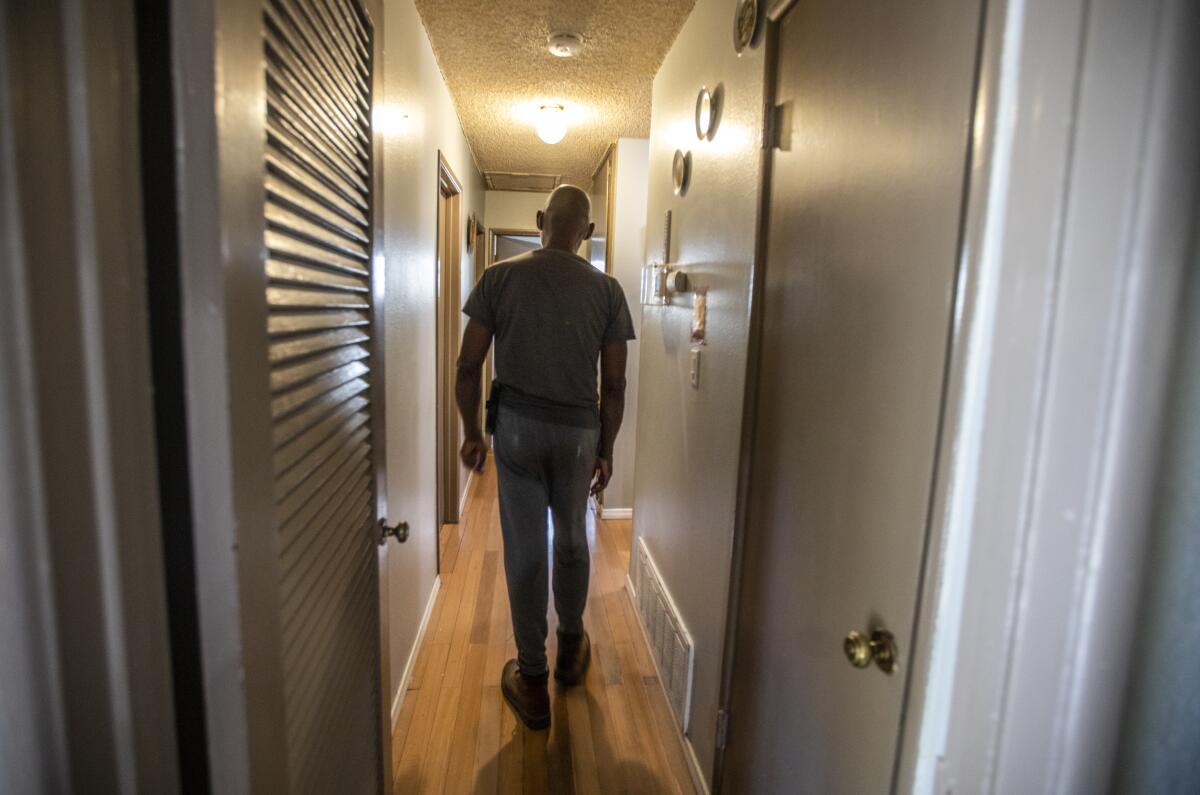
More to Read
Sign up for Essential California
The most important California stories and recommendations in your inbox every morning.
You may occasionally receive promotional content from the Los Angeles Times.

